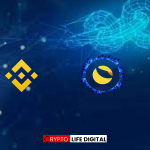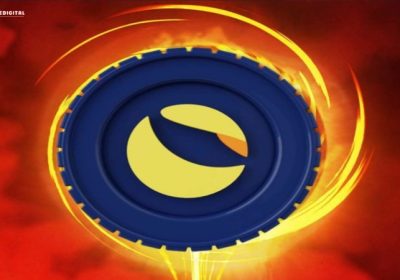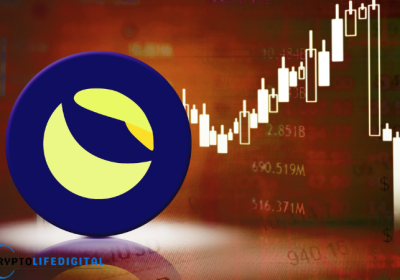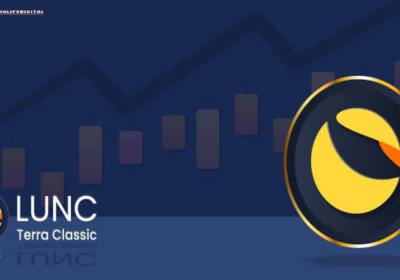Terra Classic Community Debates Innovative Strategy to Restore LUNC Value to $1
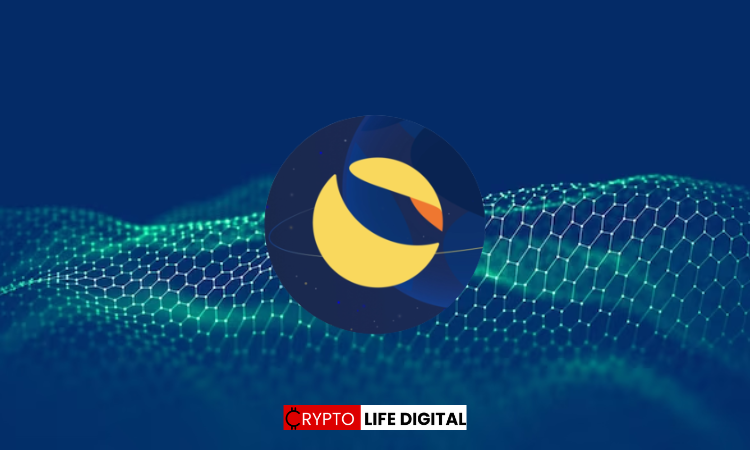
In the wake of the Terra Collapse in May of this year, the Terra Classic community has been tirelessly working to re-establish the stability of its native stablecoin, USTC, and boost the value of LUNC above $1. However, previous attempts have fallen short of achieving this goal. In response, a prominent figure within the community, known as Rex, has put forward a set of recommendations aimed at breathing new life into LUNC and Terra Classic.
Read Also: Terra Classic Community Proposes Bold Measures to Recoup USTC Value
➡️ LUNC to reach $1? 🤔 ⬅️
Its a long post, but this 'could' rescue #TerraClassic, $LUNC and $USTC at speed. ⬇️
Why I think burning $USTC is maybe not the best use of your money.
Currently there is nearly 9.8bn $USTC minted, to make a real difference to the price you need to…
— Rexyz (@RexYellerBelly) September 18, 2023
Encouraging Network Growth
Rex’s strategy centres on fostering network growth as a means to drive up the price of LUNC. He points out that Terra Classic has been successful in attracting developers to its ecosystem recently. Rex believes that by making the code for the Terra Classic network freely accessible, just as Terra did in its early days, more dApp builders will be enticed to join the network. This could potentially inject new vitality into Terra Classic.
Another crucial aspect of Rex’s proposal involves providing incentives to dApp builders by allowing them to whitelist their dApp wallets, exempting them from the prevailing burn tax. However, Rex emphasizes that the community must rally behind these builders and support their endeavours.
Rethinking Token Burning
One of the more contentious aspects of the Terra Classic community’s efforts to revive LUNC and USTC has been the burning of tokens. While some have championed these burn campaigns, Rex suggests that it may not be the most effective approach.
Read Also: Ripple’s XRP Faces Uncertain Times: AI Model Predicts Varied Future Price Scenarios
Presently, there are approximately 9.78 billion USTC coins in circulation. Rex argues that billions of these tokens would need to be burned before USTC can reach the coveted $1 mark. A similar situation applies to LUNC. Rex offers an alternative to the traditional token burn, suggesting a reverse split mechanism.
The Reverse Split Re-Pegging Model
Under the proposed reverse split model, USTC would be re-valued without inflating its market valuation. For example, if you currently hold $100 worth of USTC (approximately 8,012.82 USTC at the current price), during the re-pegging process, you would receive $100 worth of USTC at a 1:1 conversion rate.
This innovative approach would maintain the market cap of USTC at $97.8 million instead of an astounding increase to $9.78 billion. While holders of USTC would forego the potential 80x growth that could have elevated USTC’s price from $0.01248553 to $1, Rex believes this strategy is more sustainable in the long run.
Revitalizing LUNC and Attracting Developers
Following the successful re-pegging of USTC using the reverse split model, Rex anticipates that burning USTC could help bolster LUNC’s price. This, in turn, would enhance the value of the Terra Classic oracle pool, leading to increased staking rewards.
The heightened staking rewards are expected to entice more network investors. However, Terra Classic’s bathtub curve model, which gradually reduces rewards over time, is designed to prevent the oracle from being rapidly drained by large investors, ensuring a fair and stable ecosystem.
Despite some potential drawbacks to the reverse split re-pegging model, proponents believe it offers Terra Classic a substantial opportunity to reclaim the $1 value for LUNC. At the time of writing, LUNC is trading at a mere $0.00005761 per coin. The re-pegging of USTC also holds the promise of luring more developers to the Terra Classic network, potentially heralding a new era of growth and stability.
The Terra Classic community now stands at a crossroads, where they must weigh the pros and cons of Rex’s proposal as they chart a course toward restoring the network’s strength and competitiveness in the crypto market.
Follow us on Twitter, Facebook, Telegram, and Google News.

Dr. Olajide Samuel juggles the demands of medical studies with a passion for cryptocurrency. A seasoned blogger, Olajide shares his vast global knowledge of the crypto space, offering insights to enthusiasts. Despite his busy schedule, his commitment to crypto remains strong, and he actively seeks ways to contribute to its future.



